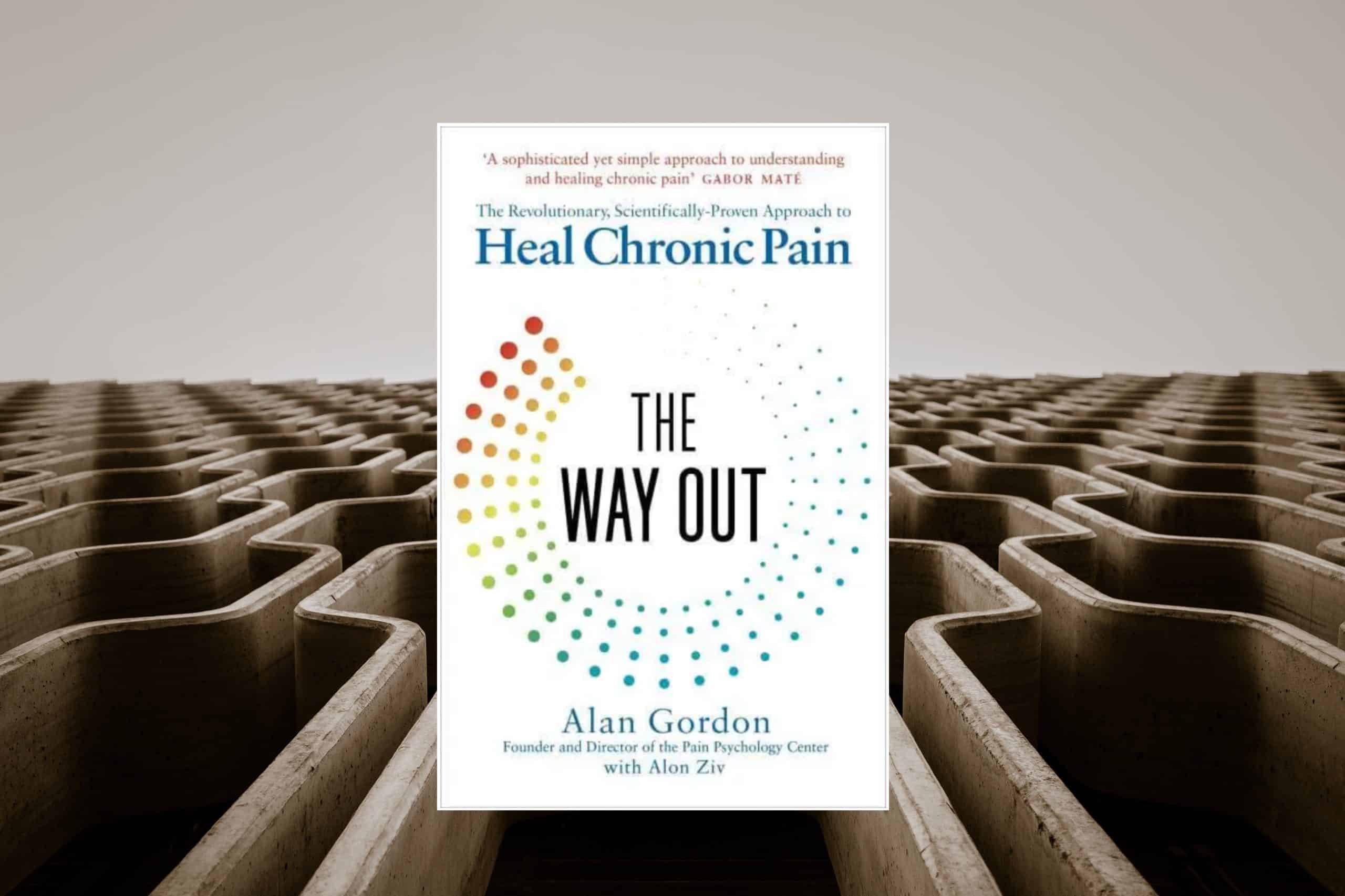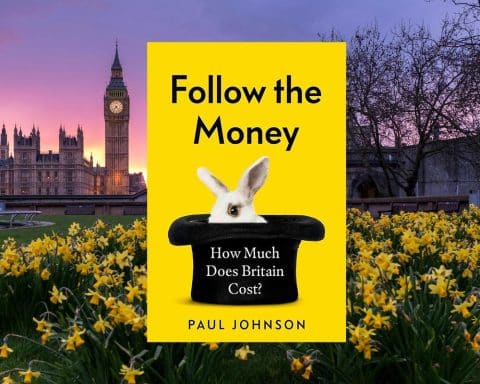Elke Hausmann is a salaried GP in Derby
Are you struggling with chronic pain? (if you are not, I know that a lot of your patients will be). Are you struggling with long covid symptoms? (if you are not, I know that many of your patients will be). Have you heard of brain reprocessing therapy or neuroplastic reprogramming?1-3 I first heard about it during a webinar on work support options for NHS staff with long covid. Anyone who is following Dr Rangan Chatterjee’s podcast ‘Feel better, live more’ might have heard episode 310 called ‘How to heal chronic pain with Dr Schubiner’ (9/11/22) which covers the same topic.
Have you heard of brain reprocessing therapy or neuroplastic reprogramming?
Struggling with returning to work due to long covid symptoms myself, I read this book, which I truly think can change lives. Alan Gordon summarises our current understanding of neuroplasticity and how each and every one of us can apply that, and in my mind the scope goes much beyond chronic pain. He describes his approach as somatic tracking to rewire your brain. This approach can also be applied to other somatic symptoms. What it means is that in being attentive to our symptoms, in a non-judgemental way, we aim to break the fear-pain (or symptom) cycle which feeds the pathways in the brain that can perpetuate chronic pain (or other symptoms). By breaking that cycle and cultivating new connections in the brain, chronic pain can be cured.1-3
If this sounds too good to be true, Gordon is very clear that this is not an easy or quick process. Chronic pain is real, even if its origins are in the brain and not the area of the body where the pain is felt. While recent NICE guidance suggests that we should steer our patients who have chronic pain away from strong (opioid) painkillers in preference to non-pharmacological approaches, he explains how there is a still a role for them when the pain is overwhelming. When a patient is in severe pain, we cannot just tell them to be attentive to this pain. In the same way, he explains the role of avoidance behaviours – eg standing when sitting is too painful in severe back pain. Chronic pain is complex, by definition has been going on for a long time and will take time to recover.
Long Covid symptoms are real, and we don’t understand them yet. That induces fear.
Where I think this approach can be generalised beyond chronic pain, to help people who struggle with long covid symptoms, is where those symptoms are perpetuated by fears and worries. Long Covid symptoms are real, and we don’t understand them yet. That induces fear. The human brain wants to feel safe, and because uncertainty feels unsafe, we try to introduce certainty, if necessary by too simple explanations (some say long covid symptoms are entirely ‘in the mind’, others insist they are purely physical). While we cannot currently cure all of those symptoms, we can work on reducing the fears around them. In my case, post exertional malaise is a real symptom. By a gradually increased exposure to different types of exercise, I have had some corrective experiences that showed me that there are certain things I can already do again without crashing, reducing my fear of trying to do more again. However, I have also had setbacks (guaranteed crash after being on an exercise bike or running), so I continue with avoidance behaviours (I don’t do them for now).
Chronic pain and long covid symptoms are not existing in a societal vacuum, there are multiple interpretations that impact on an individual’s self-understanding of their symptoms, some of which (the ones that are putting blame on the sufferer) can have a direct negative impact on those symptoms. This book gives hope in that it provides the tools that anyone can apply to address those internalised worries, pressure and criticism, and may ultimately lead to healing.
Featured Book: The Way Out – The Revolutionary Scientifically Proven Approach to Heal Chronic Pain by Alan Gordon with Alon Ziv, Vermillion, PB, ISBN 9781785043109, August 2021 RRP £19.99
References
- Yoni K Ashar, Alan Gordon, Howard Schubiner et al, Effect of Pain Reprocessing Therapy vs Placebo and Usual Care for Patients With Chronic Back Pain: A Randomized Clinical Trial, JAMA Psychiatry 2022 Jan 1;79(1):13-23.
- Clifford J Woolf, Central sensitization: implications for the diagnosis and treatment of pain, Pain 2011 Mar;152(3 Suppl):S2-S15
- S S Kirwillliam, S W G Derbyshire, Increased bias to report heat or pain following emotional priming of pain-related fear, Pain 2008 Jul;137(1):60-65.
Photo by Luemen Rutkowski on Unsplash









In a world where chronic pain often plays a haunting refrain, the idea of neuroplastic reprogramming sounds like a symphony of hope. Alan Gordon’s insights into somatic tracking offer a fresh perspective, suggesting that perhaps the key isn’t just to silence the pain but to attentively and non-judgmentally understand its tune. With the backdrop of a society grappling with long covid symptoms and the inherent fears they bring, this approach seems like a daring dance, challenging both the brain’s pathways and societal perceptions, but one that promises a more harmonious future.